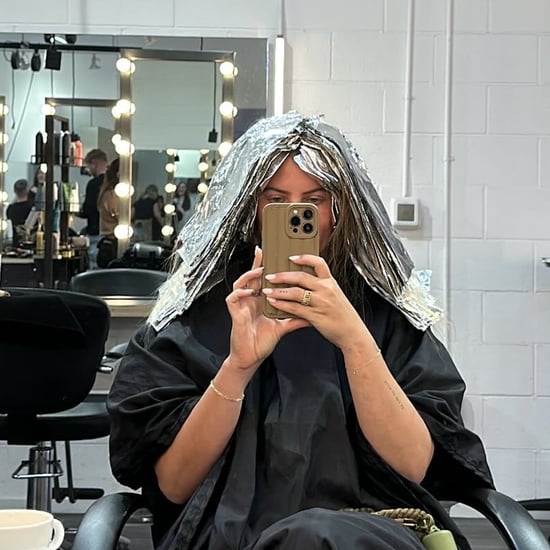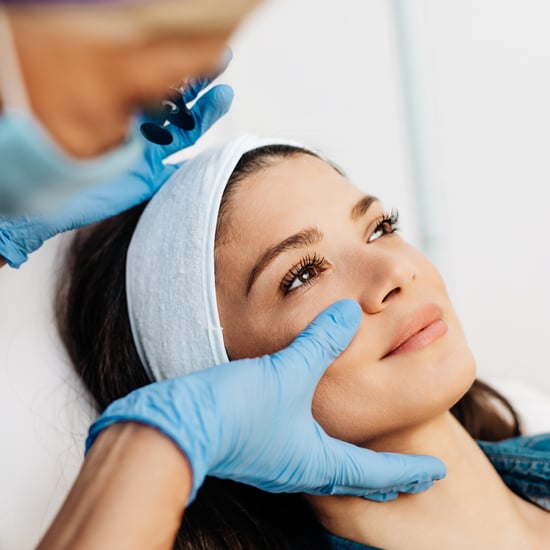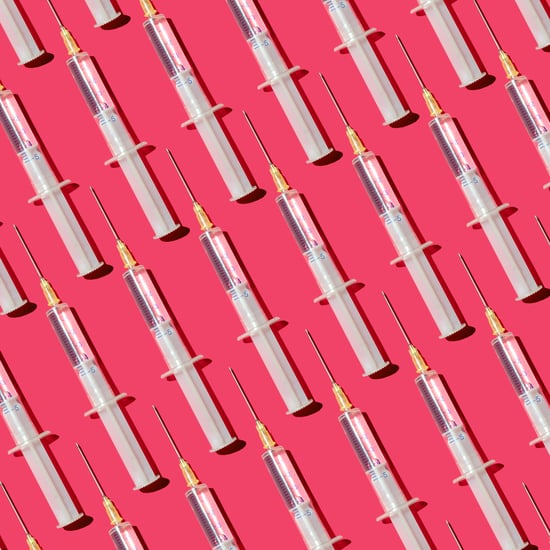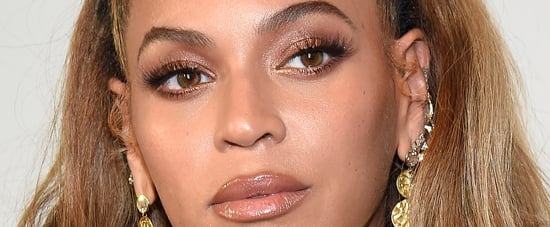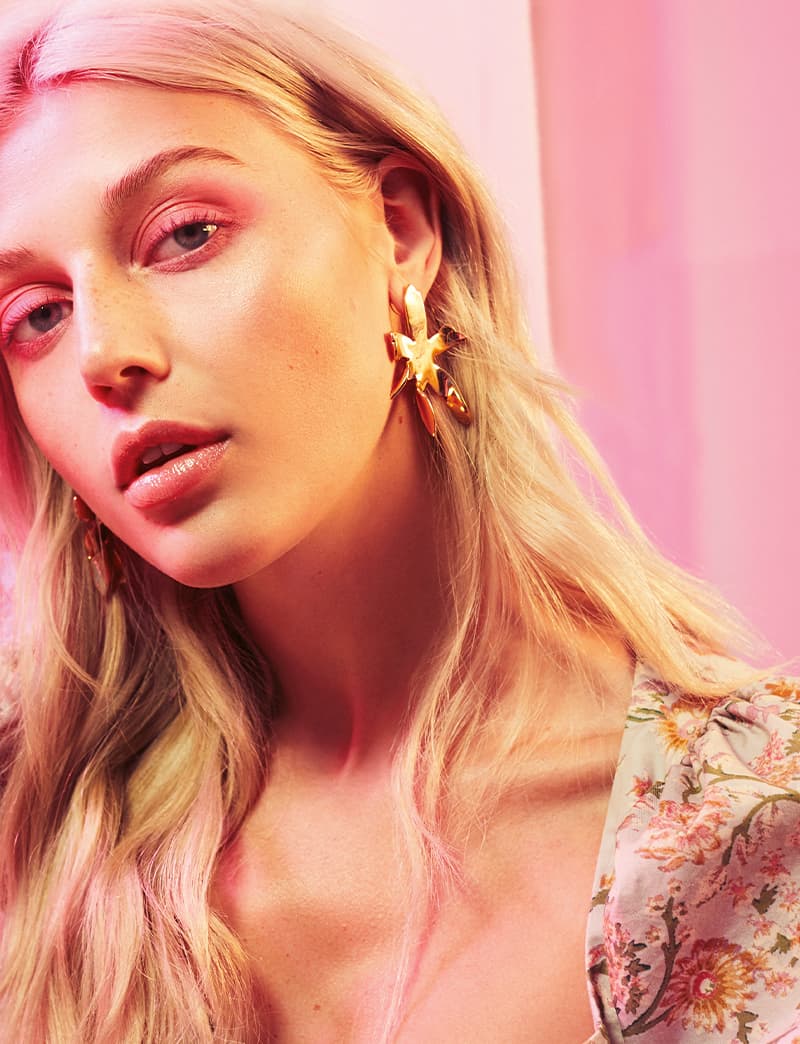Single-Process Color vs. Double-Process Color
Definition: What's the Difference Between a Single- and a Double-Process Color?
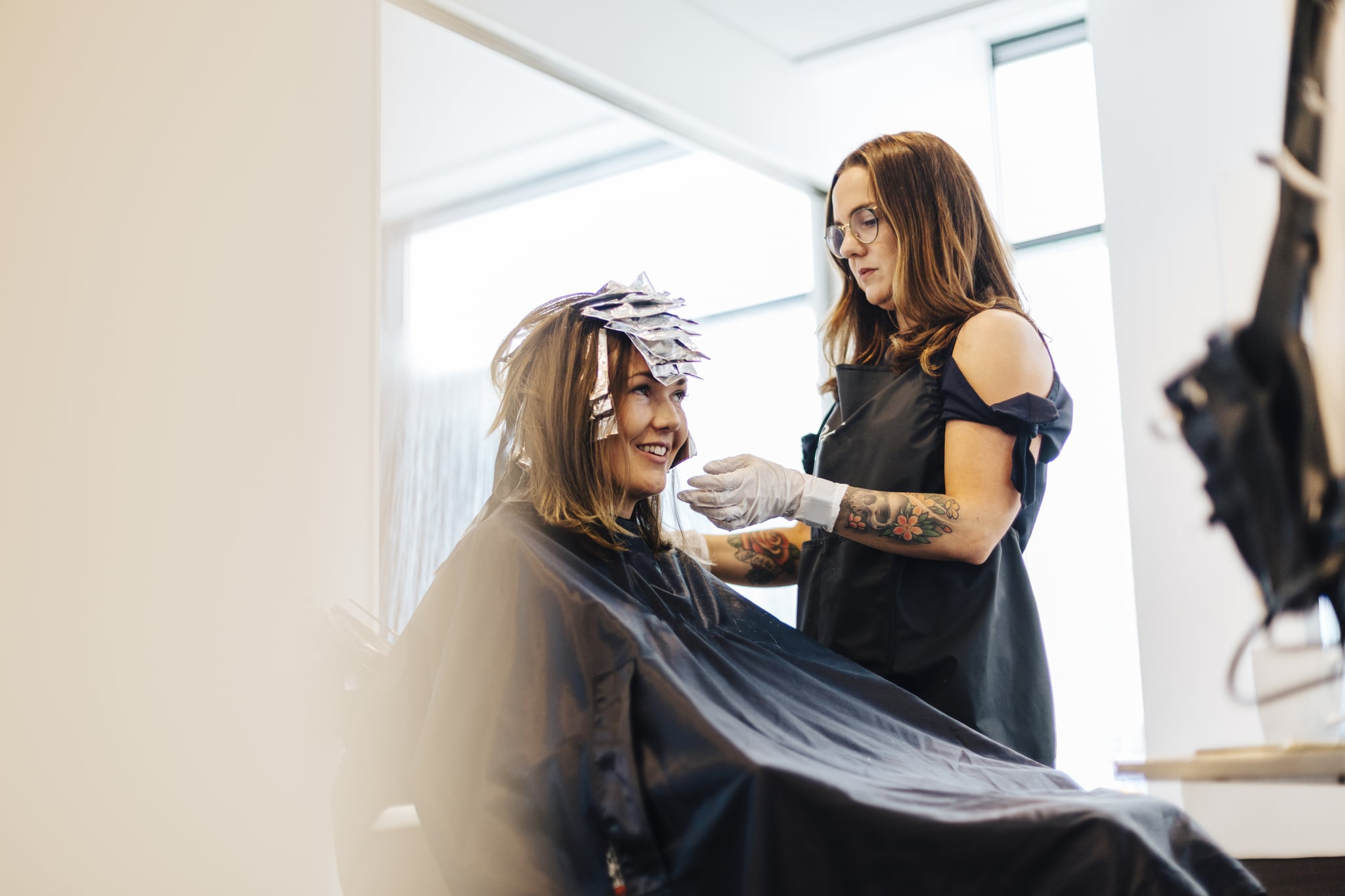
Image Source: Getty / Folio Images / Folio
Say you're at the salon looking over the hair color services. Some of the phrases and terms may look familiar, but others might leave you a little puzzled: should you get a single-process color, or should you go for the double-process color? It shouldn't be a complicated question, but it is if you don't know what the difference is between the two types of color treatments.
Whether you're new to dyeing your hair or you've just never strayed from your boxed hair dye in the past, you'll be a certified pro after reading this explainer. Ahead, we're breaking down what single-process hair color is vs. double-process color, so you can pick the right one for you the next time you're at the hair salon.
What's a Single-Process Color?
Single-process hair color means a new color or toner is applied all over your head to create a new base color. The hair is lifted and the new shade is deposited in one easy step. This means it takes a lot less time than a double process. This also typically makes the treatment more cost-friendly, so if you're trying to color your hair on a budget, it's a great option. Single-process color is the most common salon treatment out of the two. It's great for covering grays and adding shine to dull hair. If you prefer to color your hair at home, this is the easier option to do yourself.
The downside to a single-process color treatment is that your results might (although not always) look one-dimensional. That's because this process is more of a one-and-done treatment; it does not involve highlights or multiple steps to reach a desired color. For example, when going platinum blond, you'll want to book multiple appointments in order to avoid damage.
What's a Double-Process Color?
Double-process color involves two steps, as the name suggests. Traditionally, hair is first lightened by two or more shades with lightener such as ammonia or hydrogen peroxide (i.e. bleach) to remove the natural pigment or any lingering hair dye. Then, a new color is added either with more bleach or hair dye to create the desired end result.
An example of a double-process color treatment might include going from brunette to bleach blond or taking your hair from red to pink. This is typically the process required for bolder hair-color hues, like blue, pink, purple, or silver. To avoid damaging the hair, we recommend leaving this one to the professionals and visiting a hair salon.
The biggest downside to double-process colors is the price and upkeep. Because the level of skill required to achieve the best results, it will cost you more money than if you were to book a single-process color. You also may need to go in for regular salon visits to maintain the shade.




